
Self-isolation means far fewer opportunities to be physically active if you are used to walking or cycling for transportation and doing leisure time sports. But equally worryingly, the home environment also offers abundant opportunity to be sedentary (sitting or reclining).
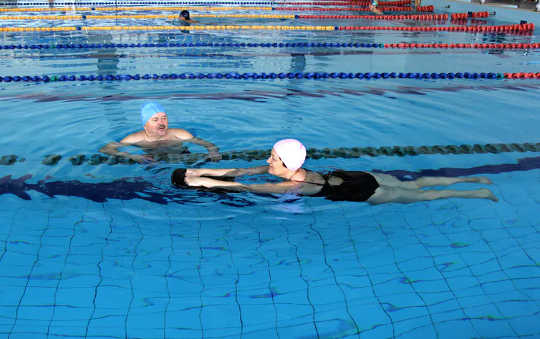
Swimming, aqua-aerobics, and other water-based exercises are popular for people aged 55 and older to keep fit without putting strain on the joints.

Have you been hitting the gym again with COVID restrictions easing? Or getting back into running, cycling, or playing team sports?
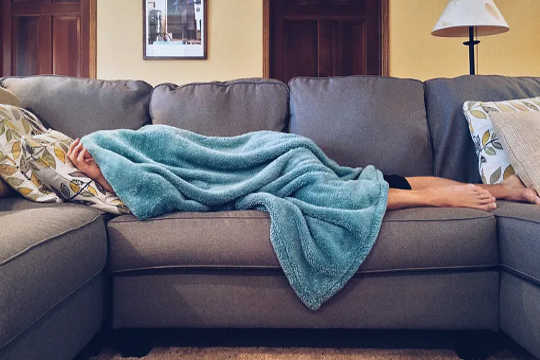
As the world digs in for another wave of COVID-19, flu season and winter, people also face a serious risk from reduced physical activity — especially older adults.
- By Holly Thorpe
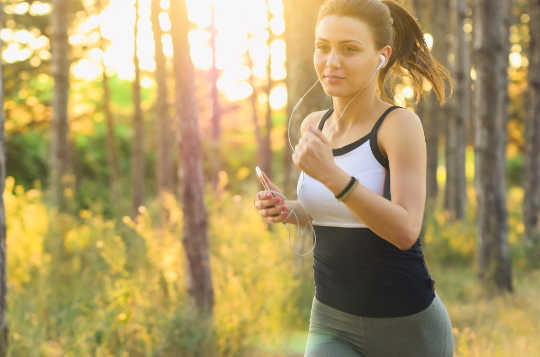
For many people, outdoor recreation activities are part of their coping strategy during times of high stress. Connecting with the natural environment is an important contributor to their sense of identity, community and belonging.
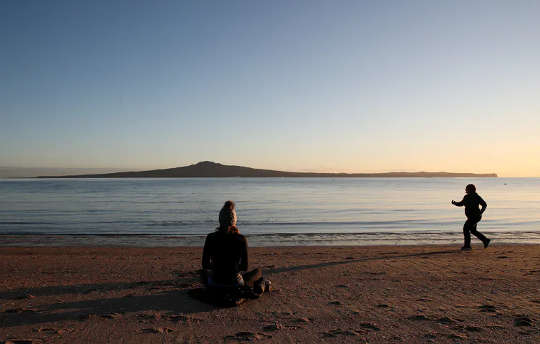
Periods of lockdown represent a massive disruption to people’s daily routines, but they also offer an opportunity to establish new habits.
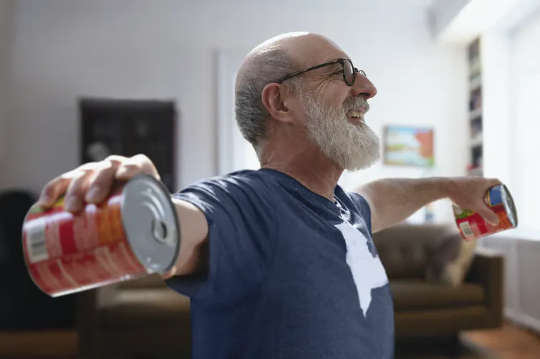
Older adults, especially those over 65, have five times the risk of hospitalization and 90 times the risk of death from COVID-19 compared with younger adults.
- By Áine Kelly
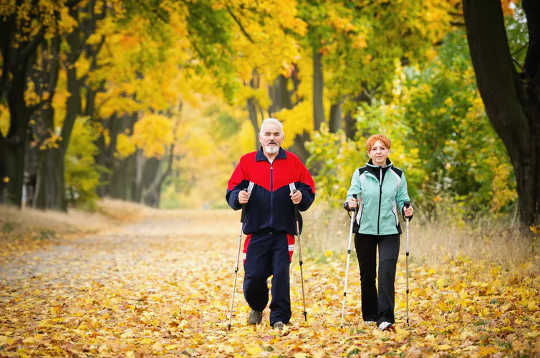
Regular exercise changes the structure of our bodies’ tissues in obvious ways, such as reducing the size of fat stores and increasing muscle mass.
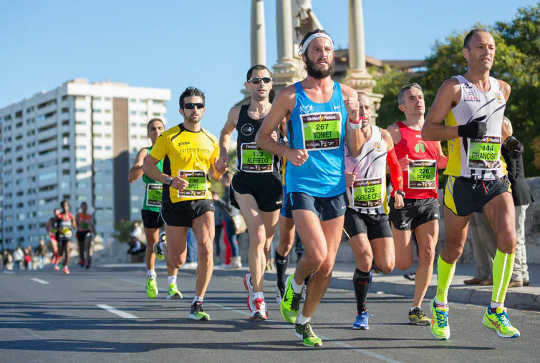
There’s plenty of evidence showing how important nutrition is for exercise, from aiding performance to enhancing recovery.
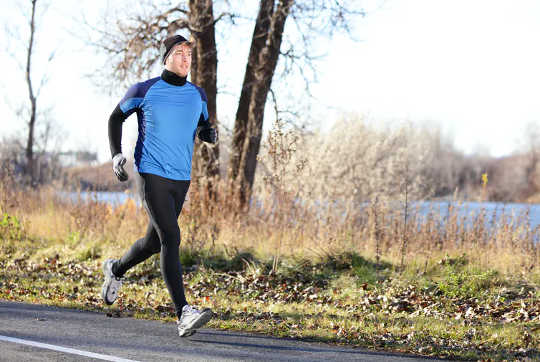
As winter descends on the northern hemisphere and the temperature drops and daylight hours shorten, many people may want to spend more time indoors.
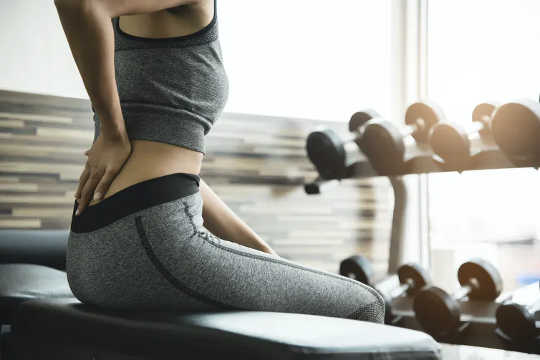
To the joy of many, indoor gyms have reopened. However, before we pick up the dumbbells once again, we might need to be cautious.
- By Matt Hill
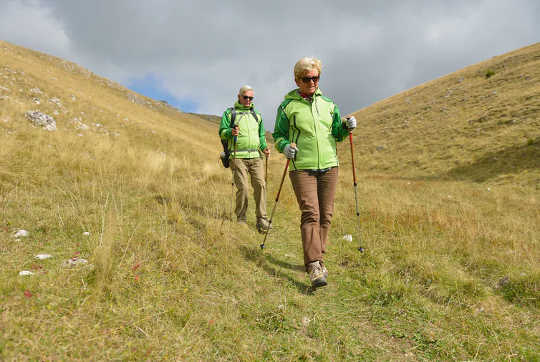
Falls are a common cause of injury in older adults and can lead to disability. Luckily, the risk of falls can be reduced with regular exercise– but not all exercise.

There are growing concerns about the long-term effects of the COVID-19 pandemic on children and young people.
- By Ian Taylor
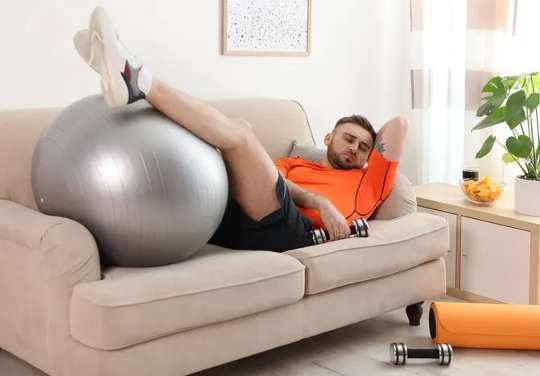
In the early phases of lockdown, the streets were teeming with runners and living rooms were a blur of uncoordinated star jumps and lunges.
- By Amanda Salis
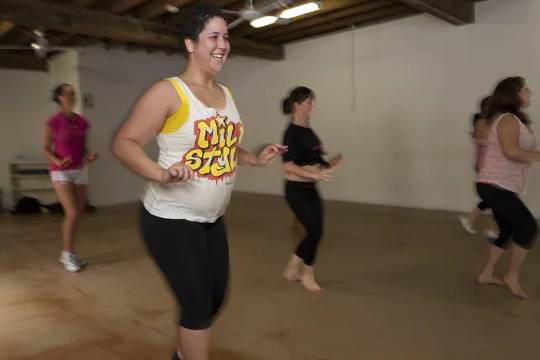
The idea that people can be healthy at any weight has gained credence in recent years, despite widespread evidence that obesity creates health risks. While the idea is attractive, it’s also dangerous because it can lull people who need to lose weight now into a false sense of security.

This fall hasn’t felt much like “back to school” for many children. Instead, many are staying at home and attending virtual classes indefinitely.
- By Tim Olds
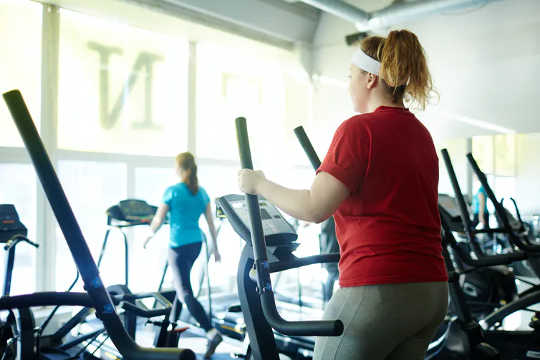
Nike’s London store recently introduced a plus-sized mannequin to display its active clothing range which goes up to a size 32. The mannequin triggered a cascade of responses ranging from outrage to celebration
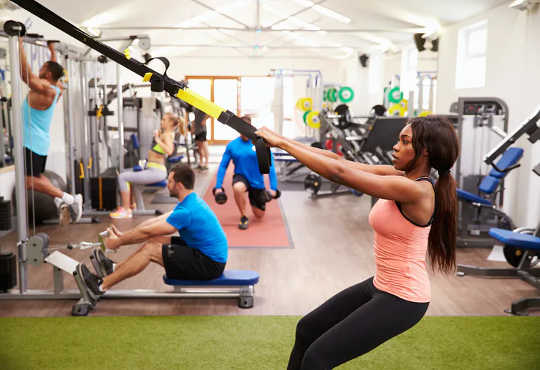
Weight lifting, also known as resistance training, has been practised for centuries as a way of building muscular strength.
- By Dan Gordon

The menstrual cycle, the pill and their potential impact on sporting performance have long been considered a taboo subject.
- By Lee Bell
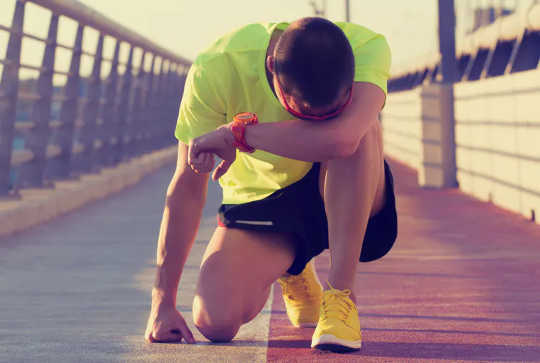
There’s a thin line between working hard enough and working too hard. Pushing your body to reach new levels of fitness requires commitment,
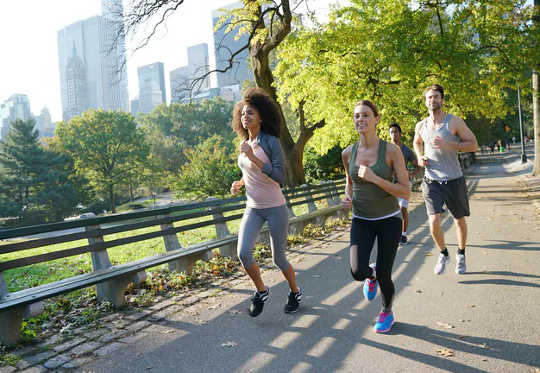
The most common site for pain in recreational runners is the knee. For some, especially older runners, the pain can be a symptom of osteoarthritis. But does running worsen knee pain and osteoarthritis?
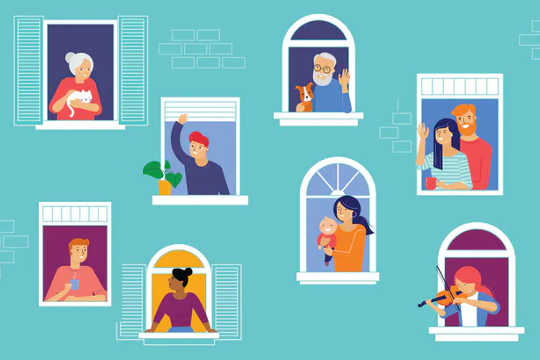
The COVID-19 pandemic has had a negative impact across the entire population, but one group likely to have been disproportionately affected is people with eating disorders.
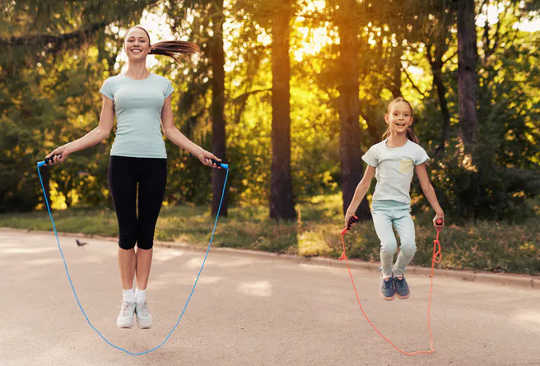
While many of us may remember skipping as something we did as children, the pastime has regained popularity during the pandemic as a way of keeping fit.















